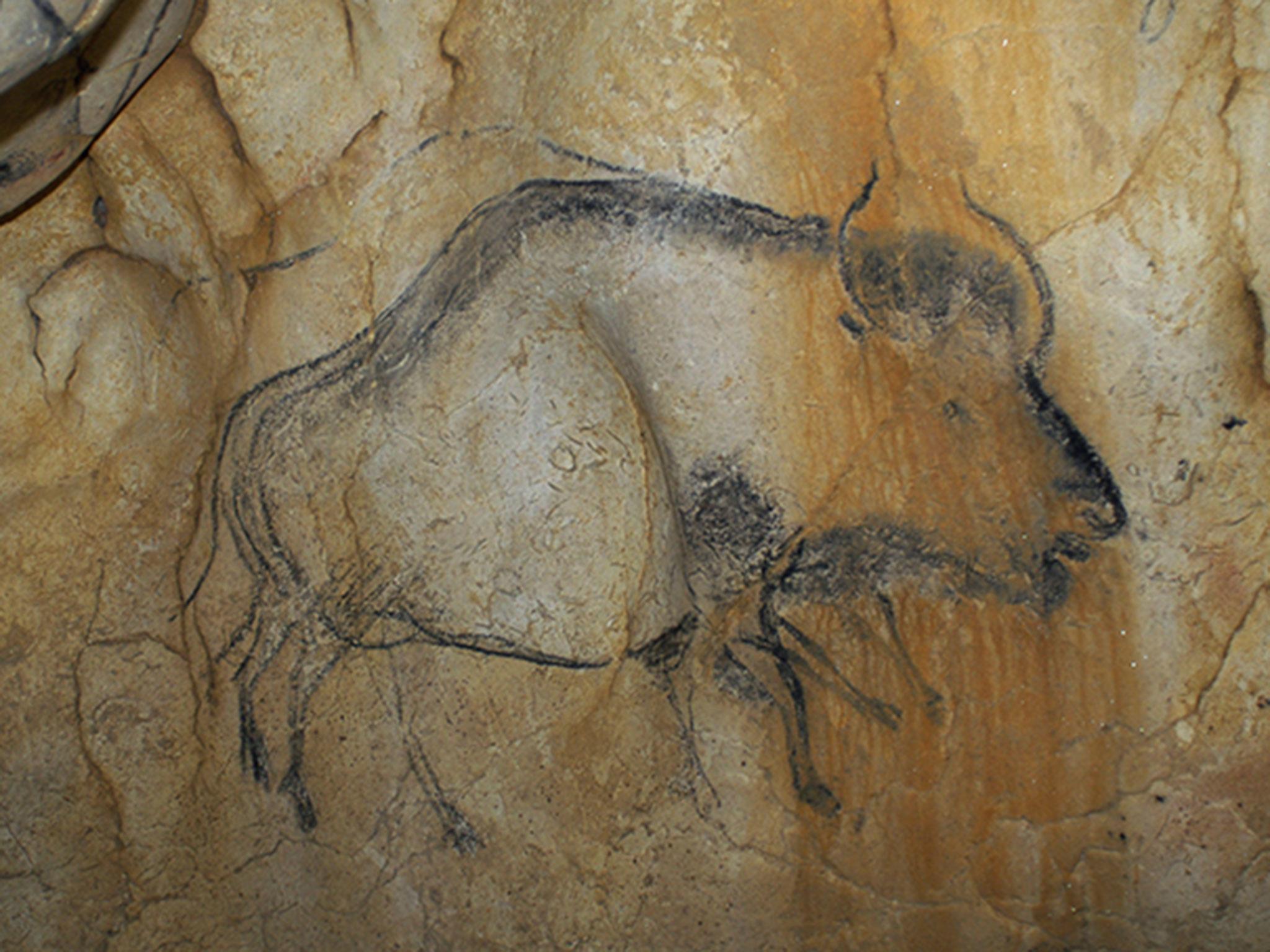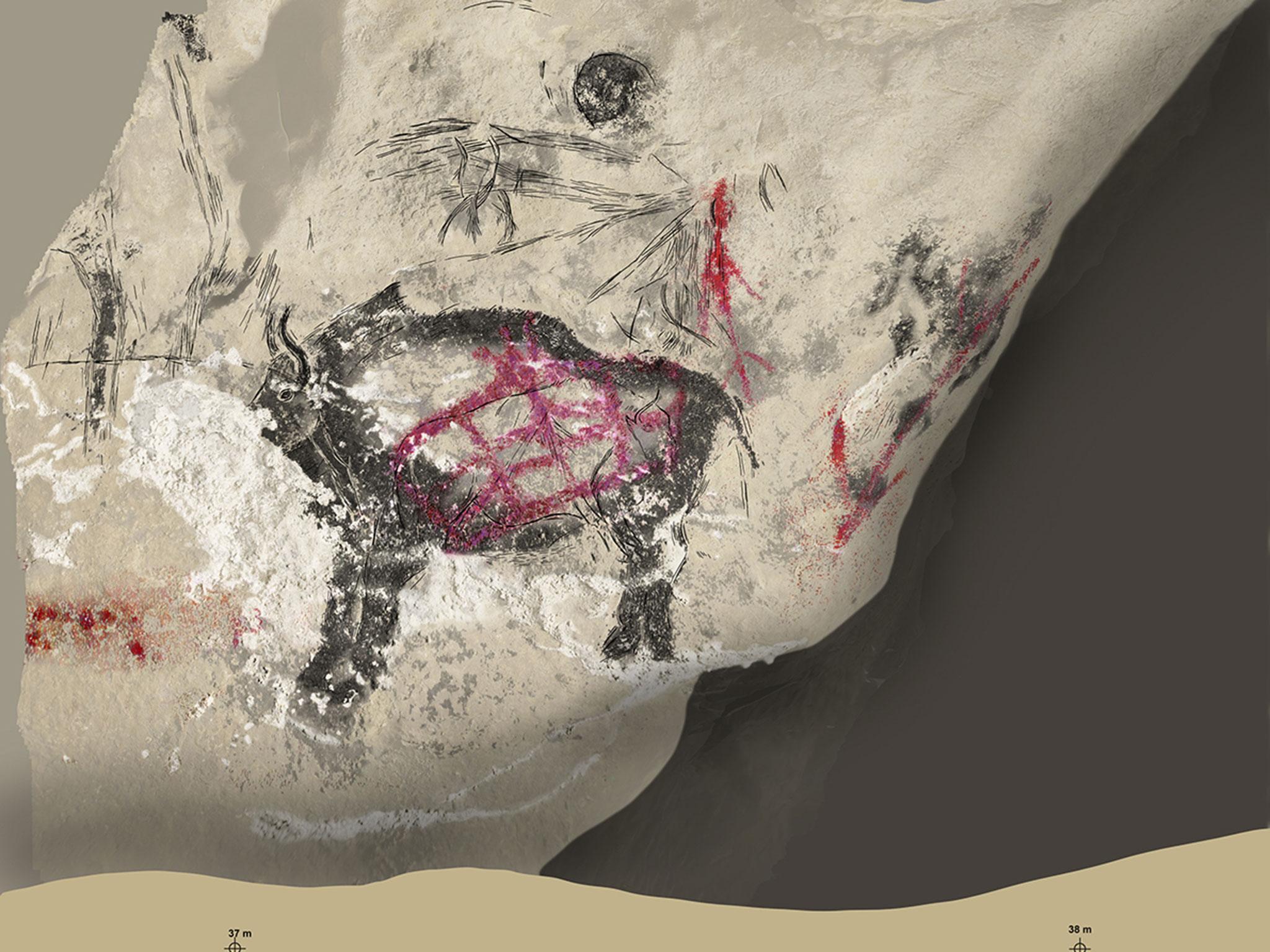Prehistoric cave paintings help solve the mystery of how bison ended up in Europe
No-one knew where European bison came from until geneticists discovered their ancestors had broken an apparent law of biology

Your support helps us to tell the story
From reproductive rights to climate change to Big Tech, The Independent is on the ground when the story is developing. Whether it's investigating the financials of Elon Musk's pro-Trump PAC or producing our latest documentary, 'The A Word', which shines a light on the American women fighting for reproductive rights, we know how important it is to parse out the facts from the messaging.
At such a critical moment in US history, we need reporters on the ground. Your donation allows us to keep sending journalists to speak to both sides of the story.
The Independent is trusted by Americans across the entire political spectrum. And unlike many other quality news outlets, we choose not to lock Americans out of our reporting and analysis with paywalls. We believe quality journalism should be available to everyone, paid for by those who can afford it.
Your support makes all the difference.More than 20,000 years ago in the depths of the Ice Age, humans drew some of the finest known examples of prehistoric art in caves such as Lascaux and Chauvet-Pont d'Arc in France.
Among the animals in the so-called 'forgotten cave' at Marsoulas in Haute-Garonne was a strange-looking bison that didn’t look like any existing European ones or the extinct Ice Age steppe bison.
Now scientists have discovered the image wasn't simply a bad drawing but a real creature, and also where it came from, its ultimate fate and that a supposed law of biology can be broken.
The discovery was made after researchers examined ancient DNA taken from radiocarbon-dated bones and teeth of bison found in caves across Europe.
The results showed this strange-looking bison had been created from the cross-breeding between aurochs, the ancestors of modern cattle, and the steppe bison, which once ranged across grasslands from Europe to Mexico.

This animal then became a separate species and is an ancestor of today's European bison or wisent, which prior to this research had seemingly appeared from nowhere in the fossil record.
Professor Alan Cooper, one of the researchers, said: “Finding that a hybridisation event led to a completely new species was a real surprise – as this isn't really meant to happen in mammals.”
When the scientists first detected the unusual DNA, they “weren't quite sure a species really existed” as the genetic signals from the bison bones were “very odd”, he added.
The researchers jokingly referred to it as the ‘Higgs bison’ because it was proving to be so elusive – a reference to the 50-year hunt for the so-called God particle in physics.
But gradually they were able to demonstrate that there was a distinctive genetic signal from many of the bones which was different to any known species.
They found that this animal had dominated Europe for thousands of years at a time.
Professor Cooper, of the Australian Centre for Ancient DNA, said: “Once formed, the new hybrid species seems to have successfully carved out a niche on the landscape, and kept to itself genetically.
“It dominated during colder tundra-like periods, without warm summers, and was the largest European species to survive the mega-faunal extinctions.
“However, the modern European bison looks genetically quite different as it went through a genetic bottleneck of only 12 individuals in the 1920s, when it almost became extinct. That's why the ancient form looked so much like a new species.”
The clincher came when they compared their findings with ancient art.
Another of the research team, Dr Julien Soubrier, of Adelaide University, said: “When we asked, French cave researchers told us that there were indeed two distinct forms of bison art in Ice Age caves, and it turns out their ages match those of the different species.
“We'd never have guessed the cave artists had helpfully painted pictures of both species for us.”
Join our commenting forum
Join thought-provoking conversations, follow other Independent readers and see their replies
Comments